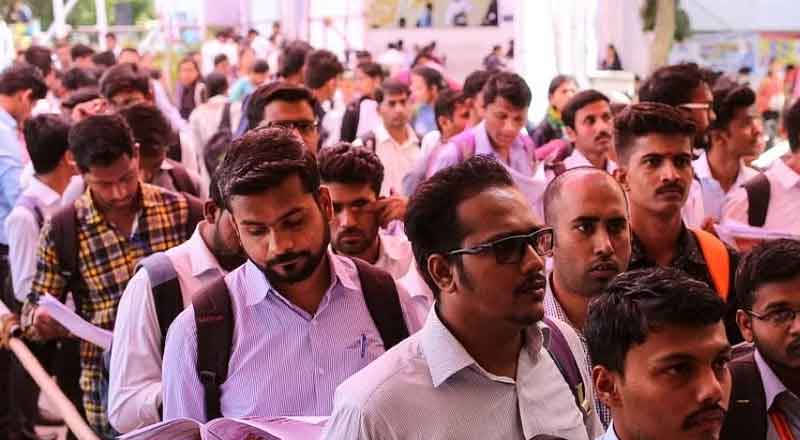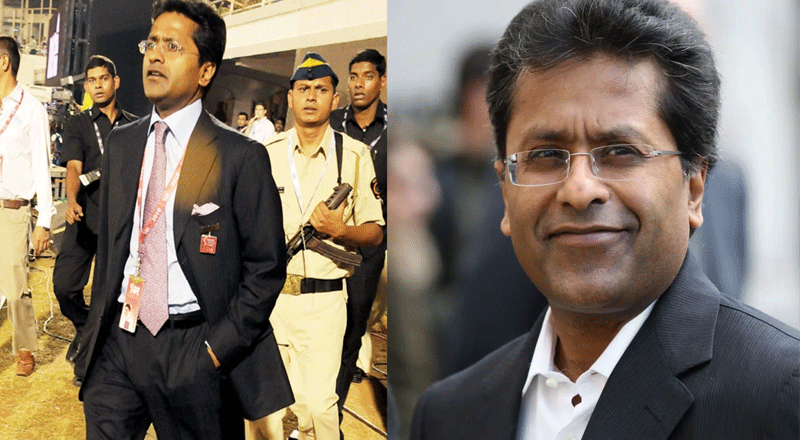In a sobering revelation, the India Employment Report 2024, a collaborative effort between the esteemed International Labour Organization (ILO) and the Institute for Human Development (IHD), has cast a glaring spotlight on the alarming state of unemployment in the country, particularly among its youth. The report, unveiled by Chief Economic Adviser (CEA) V Anantha Nageswaran, paints a troubling picture, indicating that a staggering 83% of India’s unemployed populace comprises young individuals, marking a crisis that demands urgent attention and concerted action.
The Alarming Rise of Educated Youth Unemployment
One of the most concerning trends unearthed by the report is the sharp increase in the proportion of educated youth among the ranks of the unemployed. Over the past two decades, the share of educated youth in the country’s jobless population has surged from 54.2% in 2000 to a daunting 65.7% in 2022. This surge is indicative of a systemic failure to absorb the country’s educated youth into the workforce effectively. Moreover, the disproportionate impact of unemployment on urban educated youth, where the problem has become increasingly concentrated, raises serious concerns about the efficacy of current employment policies and initiatives.
Gender Disparities in Youth Unemployment
Another critical aspect highlighted by the report is the stark gender disparity in youth unemployment. Shockingly, the data reveals that among the educated unemployed, women outnumber men, comprising a significant 76.7% compared to 62.2%. This gender gap underscores the need for targeted interventions and policies aimed at fostering gender equality in the labor market and dismantling barriers that impede women’s access to gainful employment opportunities.
Fluctuating Employment Dynamics Amidst the Pandemic
The report also delves into the shifting dynamics of youth employment, particularly in light of the Covid-19 pandemic. While the years leading up to 2019 witnessed a steady rise in youth employment and underemployment, the onset of the pandemic brought about a drastic downturn, exacerbating the already precarious situation. The data indicates a decline in self-employment and regular jobs, coupled with a rise in casual employment among the youth, underscoring the vulnerability of young workers in times of economic upheaval.
Policy Imperatives for Addressing Youth Unemployment
As India braces to integrate an estimated 7-8 million youths into its labor force over the next decade, the report emphasizes the urgent need for comprehensive policy interventions to tackle the burgeoning youth unemployment crisis effectively. It delineates five key areas for policy action, including promoting job creation, enhancing the quality of employment, addressing labor market inequalities, strengthening skills development initiatives, and bridging knowledge deficits in understanding labor market dynamics and youth employment patterns.
The Role of the Commercial Sector and Political Backlash
In response to the report’s findings, CEA Nageswaran has called for a paradigm shift in approach, urging the commercial sector to assume a more proactive role in job creation. However, the report’s release has not been without political repercussions, with opposition leaders, notably Congress President Mallikarjun Kharge, criticizing the Narendra Modi government’s handling of the unemployment crisis. With unemployment poised to emerge as a key electoral issue in the upcoming Lok Sabha elections, the onus lies on policymakers and stakeholders to enact meaningful reforms that prioritize the interests and well-being of India’s youth population.
In conclusion, the youth unemployment epidemic in India demands immediate and concerted action on multiple fronts. From targeted policy interventions to proactive engagement from the private sector and civil society, addressing this crisis requires a multifaceted approach that prioritizes inclusivity, equity, and sustainable economic growth.
(With inputs from agencies)





